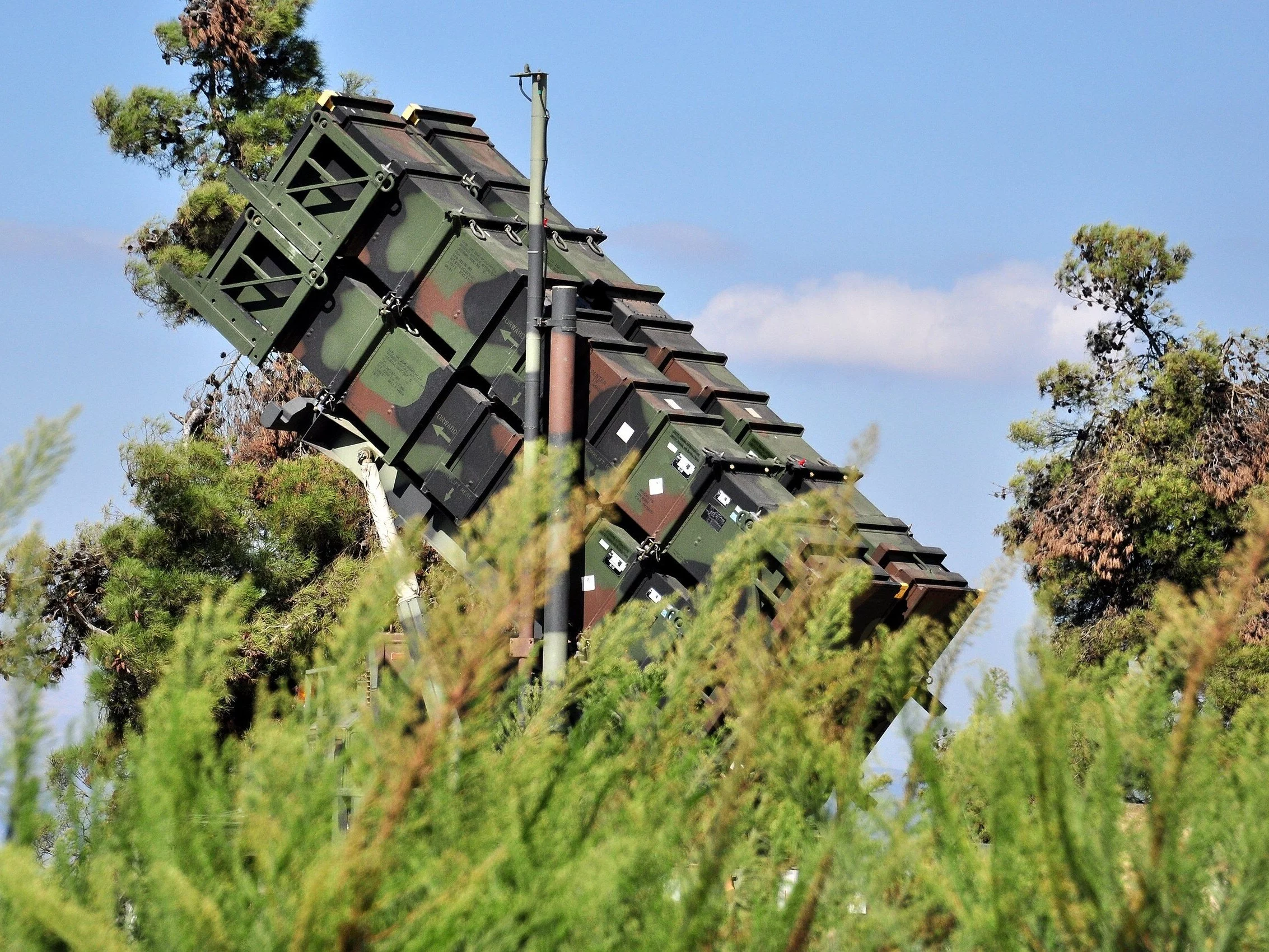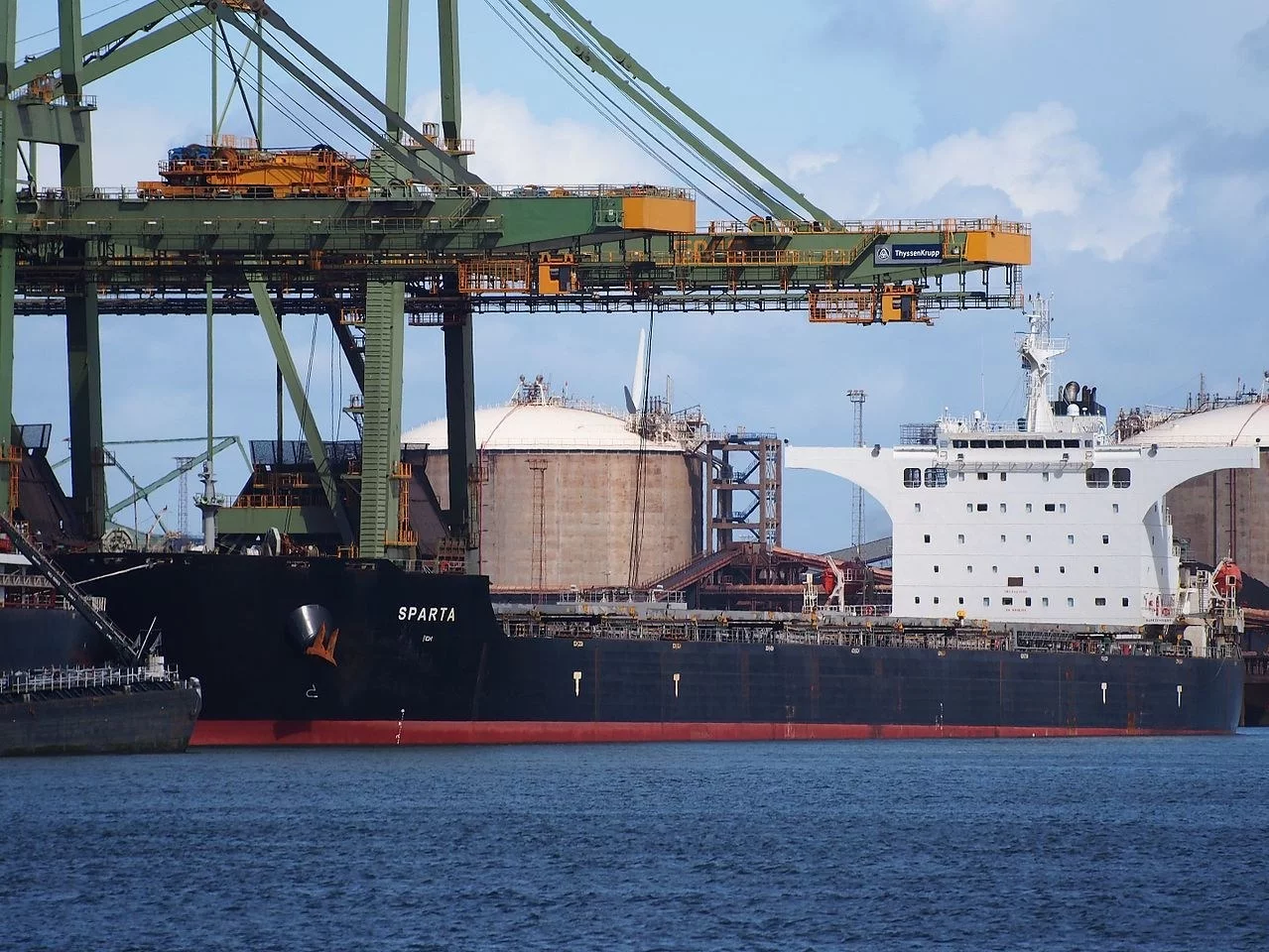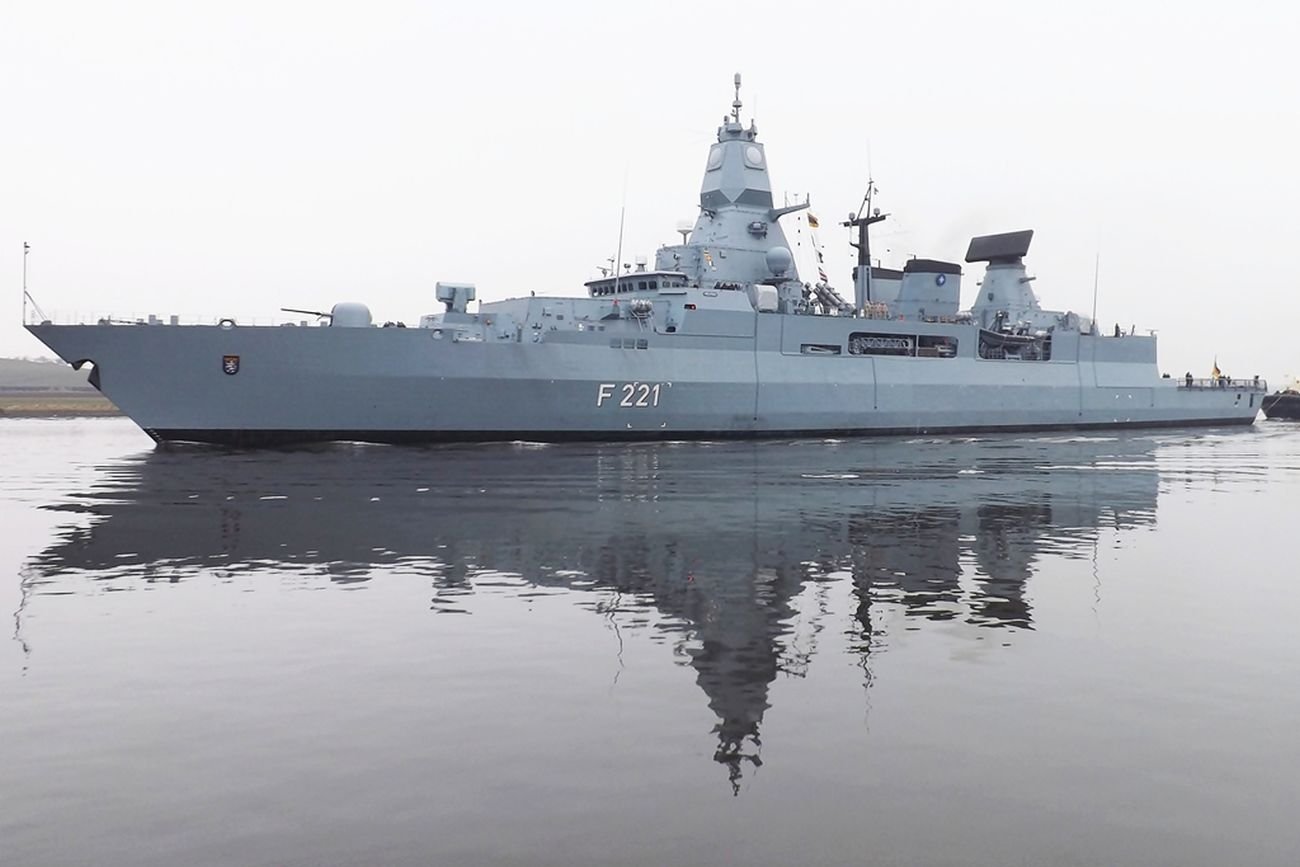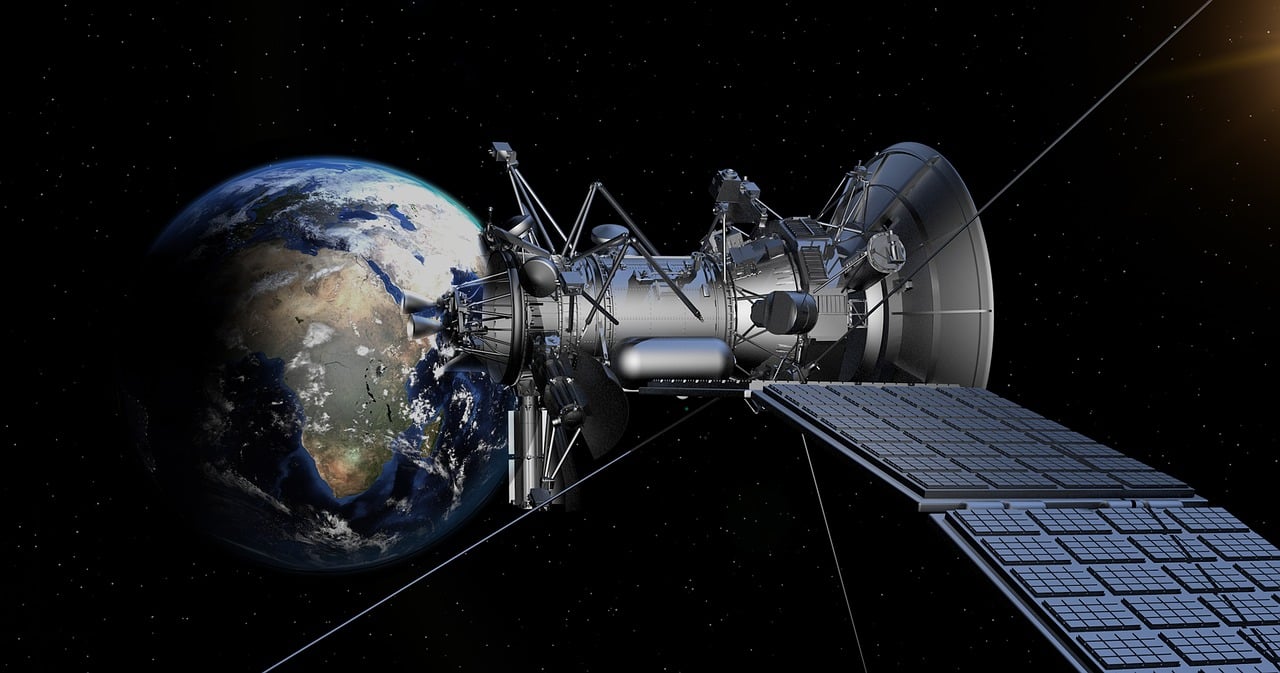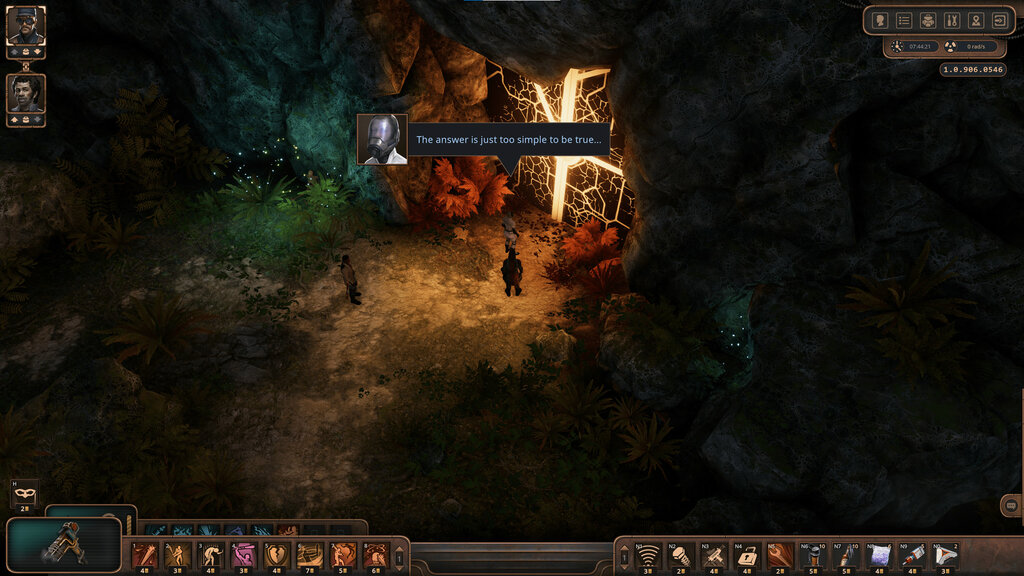Crimeous Russian attacks on Sumy. 1147th Day of War


W Palm Sunday April 13, Russian ballistic missiles hit Sumy, killing 35 and hurting 125 people, including children (two and 15, respectively). It was 1 of the most tragic attacks on the Ukrainian city since the beginning of full-scale aggression and another within a week after a criminal attack on the Krzywy Horn. The first of the Iskanders went to the building of the Sumsian State University, where a ceremony of honouring soldiers of the 117th Territorial Defence Brigade with the participation of military – besides from another units – and civilians was organized. According to preliminary data, 21 civilians were killed and more than 20 injured. The commander of the HIMARS 27th Rocket Artillery Brigade (a full number of soldiers killed and wounded were not made public) died from the military.
Hekatomba was caused by the detonation of the second rocket above the residential building, approx. 200 m from the first target. According to the MMA, it was most likely equipped with a shrapnel head. erstwhile deciding to hit, the Russians had to realize the eminently civilian nature of the affected Sum area. This allows us to treat the impact of April 13 – like the attack on the Corner of Krzywy 1 week earlier – as a premeditated war crime, and, in a political dimension, the challenge posed by the U.S. efforts to halt war as shortly as possible.
The most common mark of aggressor drones was Kharkiv, in which industrial objects were mainly attacked. As a consequence of the massive impact on April 9, the harm was recorded on the premises of 10 companies. Damages were besides reported on April 8, 12, 13 and 14. Dniepr was besides attacked (8, 10 and 12 April; 14 and 9 people were injured in the first 2 attacks, 1 died), Kiev (10 and 12 April), Mikołajów (10 April), Sumy (12 and 14 April) and Odessa (13 and 14 April; 7 people were injured in the second attack). From the evening of 8 April to the morning of 15 April, the invaders utilized a full of 496 unmanneds. The defenders announced the drop of 306 machines, and 136 were to be lost locally. The enemy was to usage 9 rockets (most likely only Iskander-M ballistic missiles) at that time, no of which were shot down.

The Russians have intensified their efforts between Toreć and Pokrów cities, on both sides of the road from Donetsk to Kramatorska and Słowiańska (via Konstantinówka node). They entered Ukrainian positions to a depth of up to 5 km on the front with a width of more than 10 km. The defenders besides expelled from subsequent quarters in Torećek and from positions on the northwest outskirts of this town along the road to Constantinówka. At a slow pace, they expanded the area controlled between Pokrowski and Welyka Nowościlka. They besides made advancement south of the first mentioned cities, as well as east of Myrnohrad. According to any sources, the defenders were expelled from their next positions in the Kupańska region (the aggressor was to intensify the construction of crossings across the Oskoł River), in the direction of Lyman, in Tiiw Jara and in the Zaporoš region, where they intensified operations in the vicinity of the town of Kamienskie (on the road to Zaporozh).
Russian forces continued to invade the positions of the opponent on the border of the Kursk and Sumsk circuits. Ukrainians persist in 2 towns of the Kursk region (Olesznia and Gornal), for which there are fighting, and in the forest massif in the border region of Bielgorod. The Russians made further advancement in the Sumi Oblast, expanding and deepening the controlled area. On the another hand, they failed to break the defence north of the Sumy-Kursk road (in the area of Loknia) which would enable them to make an attack deep into the Sumsk region.

Ukrainian attacks in the FR area were mainly reported by Russian sources. On the night of 15 April, the mark of the mass impact was Kursk (in the city there was damage) and the course circuit, which according to the Russians attacked at least 109 of the 115 utilized by the anti-manner (the higher figures of the Ministry of Defence of the FR reported as shooting down). 1 of the largest Ukrainian attacks was to take place on 9 April, on which day the Russians declared the downfall of 158 drones. The goal was to be, among others, a military airport in Mozambique, but there was no information about the impact of the impact.

On 11 April, 27th gathering of states supporting Ukraine in the Ramstein format took place. It was first held under the joint leadership of the United Kingdom and Germany. In terms of number of participants, it was the smallest of the erstwhile ones. It was attended by representatives of 40 countries from 57 forming the format, including US Secretary of defence Pete Hegseth, who, according to erstwhile media reports, was to be absent.
During the meeting, the UK and Norway announced a joint support package worth £450 million (including £350 million from the British). These funds come from amounts previously declared by London and Oslo to assist Kiev in 2025. They are intended for “mass deliveries/hundreds of thousands” of FPV drones (produced in the UK and Ukraine), repair and maintenance of equipment and means of transport and anti-tank radars and mines. Norwegian defence minister Tore O. Sandvik besides informed about the willingness to separate "significant resources" for the acquisition of artillery ammunition under the alleged Czech initiative.
Germany prepares a large support package – plan to donate the previously announced 4 IRIS-T air defence systems and 300 rockets to them, 120 portable anti-aircraft rocket kits, 15 Leopard 1 tanks, 25 Marder combat infantry vehicles, 14 artillery systems, 300 reconnaissance drones and 100,000 artillery missiles. Berlin is besides expected to supply 100 airspace surveillance radars and – in the average word – 1100 artillery radars. Minister Boris Pistorius, who attended the meeting, besides announced that the RFN had transferred 30 missiles to the Patriot systems.
The fresh aid packages were besides notified by the heads of defence departments of the Netherlands (EUR 150 million for air defence), Lithuania (20 million for ammunition) and Estonia (including 10 1000 155 mm artillery shells). The day before the gathering on the website of the Canadian training mission UNIFIER, it was revealed that Kiev had received 40,000 engines from air-to-air rocket disposal CRV-7 (most likely intended for the drive for Ukrainian “racedodrons”). On 14 April, Defence Minister Rustem Umierov announced that Lithuania would contribute EUR 10 million to support the Ukrainian production of alleged long-range weapons (drons and rockets capable of attacking targets at least a fewer 100 kilometres away).
Germany, together with 10 another countries, announced the creation of a fresh coalition aimed at strengthening the capacity of the Ukrainian army in the field of radio-electronic combat. Norway officially joined the United Kingdom and Latvia-coordinated drone coalition.
Oslo will allocate EUR 830 million for training and equipping the Armed Forces Brigade of Ukraine, as reported by the Ministry of Defence of Norway. A day after the meeting, it was revealed that the unit is to be formed from existing sub-divisions in cooperation with the countries of North and Baltic Europe. A somewhat different way of doing things was presented by Minister Sandvik, who said that it was not about creating a completely fresh unit, but about strengthening the existing brigades with sub-units that could rapidly integrate.
Belgium will supply Ukraine with 2 F-16 fighters by the end of the year and another 2 in 2026., as announced by Prime Minister Bart De Wever, who resided in Kiev on 8 April. He had previously stated that the start of deliveries had been postponed until next year. He besides announced a military support package worth EUR 1 billion. president Volodymyr Zelenski revealed after the gathering that 3 contracts were signed with Belgian arms producers.

In an interview with the LB.ua portal on 9 April Commander-in-Chief of the Ukrainian Army General Alexander Syrski assessed the possible to mobilise the enemy. The number of armed forces in Ukraine is expected to increase at a rate of 8–9 1000 soldiers per month, which, according to Syrski, increased by 120–130 1000 during the year. Recruitment to the service is mainly favored by advanced gratuities for signing a contract (20–40 1000 dollars), a monthly wage of a private soldier at the level of 2.5 1000 dollars and various additions to it. Comparing this to the situation in the Ukrainian Army, Commander-in-Chiefsaid: "We cannot afford this." The Russian mobilization reserve is expected to contain 5 million people carrying out military service, with a full population of 20 million.
8 April President Zelenski announced that 2 Chinese citizens fighting on the side of the aggressor had been imprisoned in the Donetsk Oblast 4 days earlier. He added that at least 155 citizens of the PRC are serving in the Russian army, and that there may be respective 100 of them. According to Ukrainian services, invaders recruit “volunteers” through Chinese social networks. These people come to Moscow, where they undergo 3 to 4 days of medical examination and then stay for 1 period to 2 months at training centres close the front.
Ukrainian Ministry of abroad Affairs called chargé d'affaires The PRC, requesting clarification. The Chinese abroad Ministry stated that it was checking the information provided, and stressed that it had always urged its citizens to refrain from participating in any armed conflict in any form. As ‘completely unfounded’ he rejected Kiev's claim of allegedly ‘many Chinese citizens fighting on the side of Russian forces in Ukraine’. The publicization by the authorities of Chinese participation in the war serves to undermine Beijing's authoritative position, declaring a deficiency of commitment to this armed conflict. It is besides a signal to Washington that the PRC actively supports Russian aggression.

The State Bureau of Investigation presented on 8 Aprilan updated algorithm of conduct for soldiers who have voluntarily left their unit. If you stay outside for up to 3 days, no criminal proceedings are initiated and the soldier can return to the unit he left. If it lasts more than 3 days, then, if it happens for the first time, a soldier who wants to return to service, is personally reported through the Army+ application to the unit commander and receives approval. In addition, it shall apply to the prosecutor, to the investigating authority (e.g. police) or to the court of intent to return to service and shall attach the written consent of the commander. The materials are sent to court to release specified a soldier from criminal liability. After receiving the decision of the court, he returns to service. In the event of her abandonment, criminal proceedings are initiated, the indictment against the soldier is directed, and the court sentences (a conviction of 5 to 10 years imprisonment). According to the CBI, more than 21,000 soldiers returned to service between 29 November 2024 and 1 March 2025.
On April 10, the Ukrainian Ministry of Justice stated that One of the methods to force men to registry in military records is to restrict access to financial resources. A fine of 8,500 hryvnia (about $200) is imposed on persons who have not fulfilled the registration obligation. In the event of a refusal to pay, the amount of the fine shall be blocked in the bank account and its holder shall be entered in the debtors' register.
12 April Deputy Head of the Office of president Paul Palis admitted that the military enrollment program on attractive conditions of men aged 18–24 had limited effects.Since February, little than 500 people have signed contracts. Palisa added that initially the number of applications was very advanced – which could be attributed to the belief that there would be a ceasefire this year – but most of the curious people gave up the finalization of the recruitment.
15 April Ukrainian General Staff decided to shorten basic military training for any soldiers from 45 to 30 days from 1 May. It was pointed out that the changes were intended to improve the training programme and adapt it to the personnel needs reported by military units on the front.


